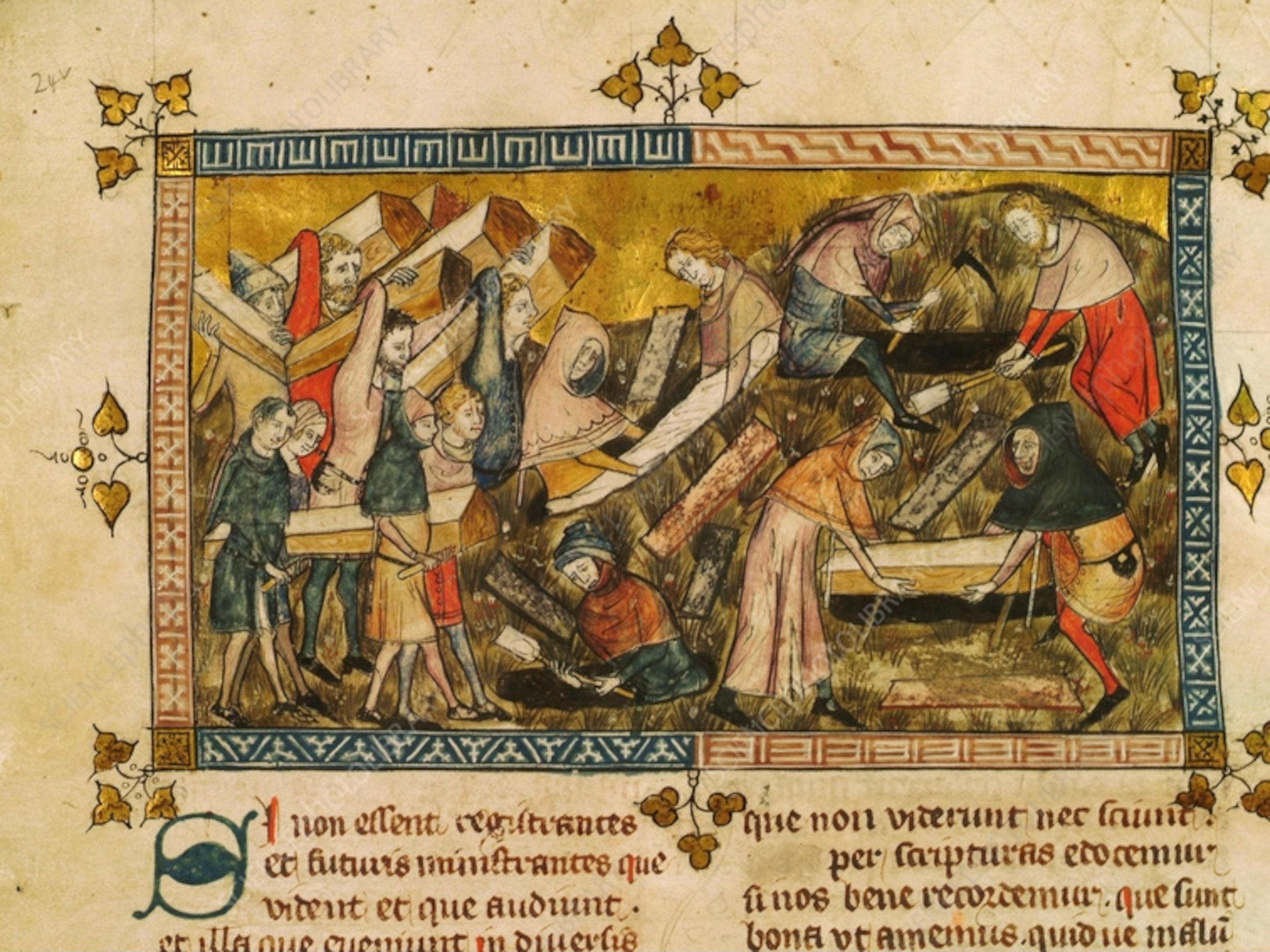Why Guatemala's Volcano Is Deadlier Than Hawaii's
More than two dozen were killed by the Fuego volcano's eruption, and experts fear more danger could come.
One of Guatemala's most infamous volcanoes is living up to its name. The Volcan de Fuego, Spanish for fire volcano, erupted overnight. Video emerged showing rapidly moving ash plumes, making it stand in stark contrast to the images of lava oozing slowly from Hawaii's Kilauea over the past month.
The different eruptions in part explain why more than two dozen people were killed in the wake of Fuego's eruption, while most damage in Hawaii has been the slow destruction of physical structures over the past month.
There's a scientific reason for that.
Whereas Kilauea, a shield volcano, is characterized by large globs of slow-moving lava inching out of fissures, Fuego, a stratovolcano, is prone to spewing fast-moving flows of ash, lava, and mud.
They're different eruption styles are born from the volcanoes' unique underlying geology, says Concord University volcanologist Janine Krippner.
“The magma itself is quite different,” she says. “The magma at Kilauea is quite runny, which means the gasses can easily escape. At Fuego, the magma is stickier and more viscous.”
(Learn the difference between magma and lava.)
That sticky magma traps enough air to build up pressure until an explosive eruption occurs. In rare instances, it can form a new crater, but the eruption at Fuego came from its existing main crater.
The worst of the volcano's impacts are chain reactions following the fiery eruption.
After an eruption explodes from Fuego's crater, it deposits loose rock and volcanic debris onto the volcano's slopes. Pyroclastic flows form when the ash and rocks, some as large as boulders, form hot, fast avalanches that rapidly descend.
“They're extremely hot and extremely lethal,” says Krippner.
After these pyroclastic flows disperse, the loose rock stays behind. Because much of Guatemala is tropical, it experiences frequent and heavy rainfall. When this mixes with the volcanic debris, rainfall can form dangerous mudflows called lahars. With minimal rainfall, the lahars move like wet concrete, but after intense rains, they can turn into watery flash floods that inundate valleys.
The region surrounding the volcano is also experiencing poor air quality, a common impact of volcanic eruptions. Inhaling volcanic ash can lead to respiratory issues, and experts advise staying indoors.
Fuego is one of three stratovolcanoes in the region. Though they all sit over a geologically active area, there's no evidence that an eruption from one volcano could trigger an eruption in one of the others, notes Krippner.
While Fuego is known to be one of the region's more active volcanoes, an eruption on this scale hasn't been seen since 1902, when an eruption killed thousands of people. A large eruption in 1974 damaged nearby farmland, but no fatalities were recorded.





